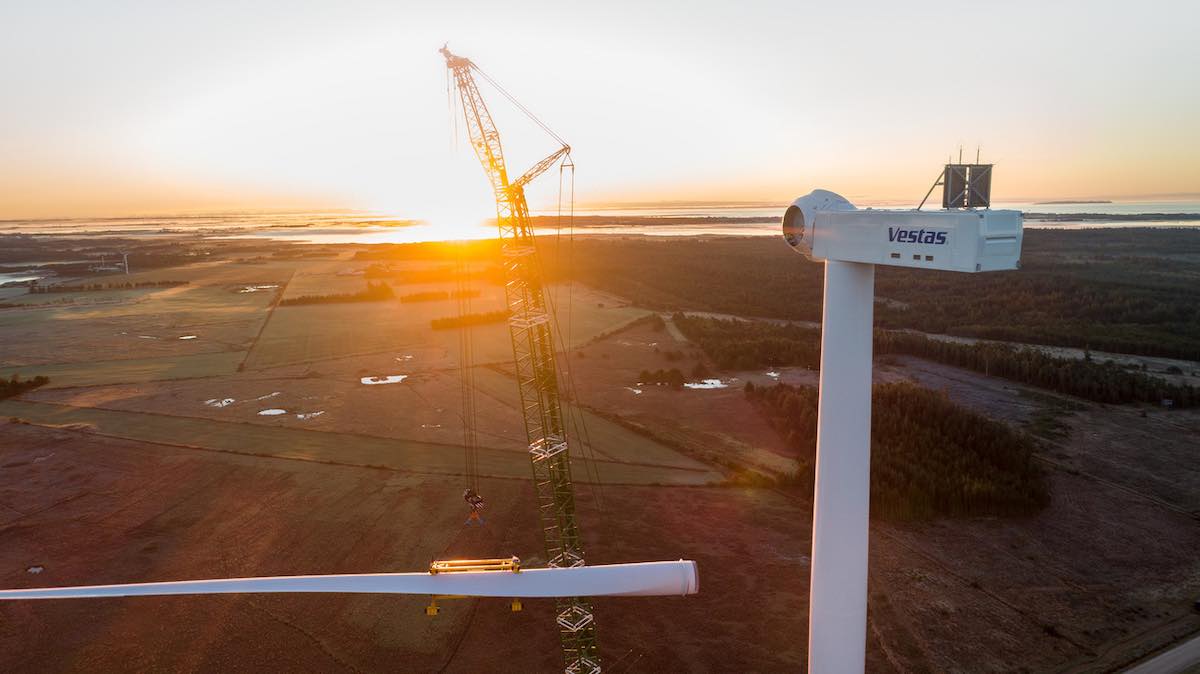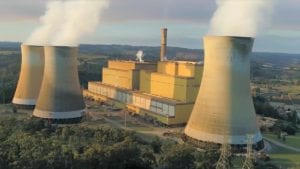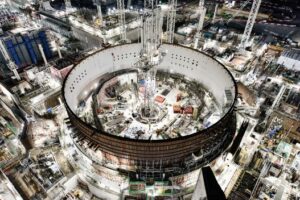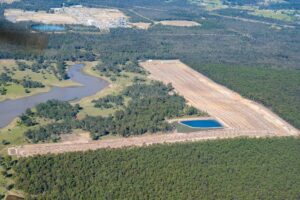The latest major report on the energy transition and global climate targets says massive investment in wind and solar, supported by other technologies, is the only real hope of capping average global warming at around 1.77°C.
The latest New Energy Outlook, produced by Bloomberg New Energy Finance, suggests that the 1.5°C aspirational target from the Paris climate deal is probably already out of reach.
But modelling for BNEF’s Net Zero Scenario indicates the world can stay on track for 1.77°C, and global net zero by 2050, with rapid deployments of clean power generation, mass electrification, and, to a lesser extent, carbon capture and storage and hydrogen.
All of that that will require a quadrupling of investment in wind and solar in coming years, and will cost around $US194 trillion over 30 years – half of it in electric vehicles, and around one quarter of it in new green energy.
BNEF says switching power generation from fossil fuels to green energy is the single biggest contributor to global emissions reduction, accounting for half of all emissions abated over 2022-50 (See graph above).
Most of this is wind and solar which will displaced unabated fossil fuels, supported by other renewables and nuclear.
By 2050, the BNEF report says, the global power system will be dominated by wind (48 per cent of generation) and solar (26 per cent), which together account for three quarters of production from a vastly expanded grid that accommodates the electrification of transport, buildings and industry.

The the rest of the power supply by 2050 is provided by other renewables (7 per cent), nuclear (9 per cent), and less than 10 per cent combined for hydrogen and coal or gas with carbon capture. (See graphs above).
BNEF says electrification of transport and industrial processes, buildings and heat – using steadily lower-carbon electricity – is the next biggest contributor to emissions reductions, abating about a quarter of total emissions over the period.
The technologies already exist, but are not yet being deployed fast enough. The remainder of the required emissions cuts come from demand-side efficiency gains and recycling, hydrogen, bioenergy and carbon capture and storage.
BNEF says the key is to move quickly while a small window of opportunity remains open. It says investment in green energy needs to at least treble that in fossil fuels, and the world’s big coal-dominated economies – China, India and Australia – need to switch quickly to renewables and electrify transport, industry and buildings.

The country by country breakdown highlights the importance of wind and solar in the abatement task, particularly of big emitters such as China, India and Australia where it accounts for more than half of all abatement in the net zero scenario.
Electrification also plays an important role, particularly in those countries which have already achieved a significant reduction in emissions in their respective grids.
The BNEF report says Australia, along with the US, Germany and Japan should achieve their stated UN climate targets, or at least come very close, as long as they take decisive action and raise their ambition for deep decarbonations.
It notes, however, that the UK and France will likely miss their UN targets.
Even in the Economic Transition Scenario, which has the world on track for 2.6°C of warming, and is based on current policies, wind and solar dominate new investment, accounting – along with battery storage – for an overwhelming 85% of the 23 terawatts of new power capacity additions installed over the next three decades.
In this scenario, however, power sector emissions fall by 57%, and emissions in the overall transportation sector fall by 22% to 2050, driven by the road segment’s transition to electric vehicles. It’s not enough to cap average global warming at 2.0°C warming.
“The energy transition in the power sector is well under way, and our modeling shows global emissions in the power sector peak around 2023,” says Matthias Kimmel, team leader for energy economics at BNEF.
“Despite the recent inflationary pressures, renewables remain competitive and the gap between renewables and fossil fuels continues to widen. We’re on the right track, but there is still much more work needed to push for solutions we already know make economic sense.”
The net zero scenario does offer a one third chance of capping global warming at 1.5°C, although the most likely outcome is 1.77°C.
“Our Net Zero Scenario shows that a credible pathway to meet the goals of the Paris Agreement still exists, but getting there requires immediate action,”says David Hostert, global head of economics and modelling at BNEF and lead author of the report.
“Clean power deployment needs to quadruple by 2030, in addition to a major investment in carbon capture and storage, advanced nuclear technologies, and hydrogen.
“To get on track this decade, there needs to be $3 invested in low-carbon supply for every $1 in fossil-fuel supply. There are also critical enabling factors to consider: electrification and economic growth will quadruple the planet’s power demand by 2050.
“We need to see a massive acceleration in the build-out of power grids, manufacturing capacity for low carbon technologies, and supply of critical metals and materials. These could become painful bottlenecks tomorrow, if left unaddressed today.”











